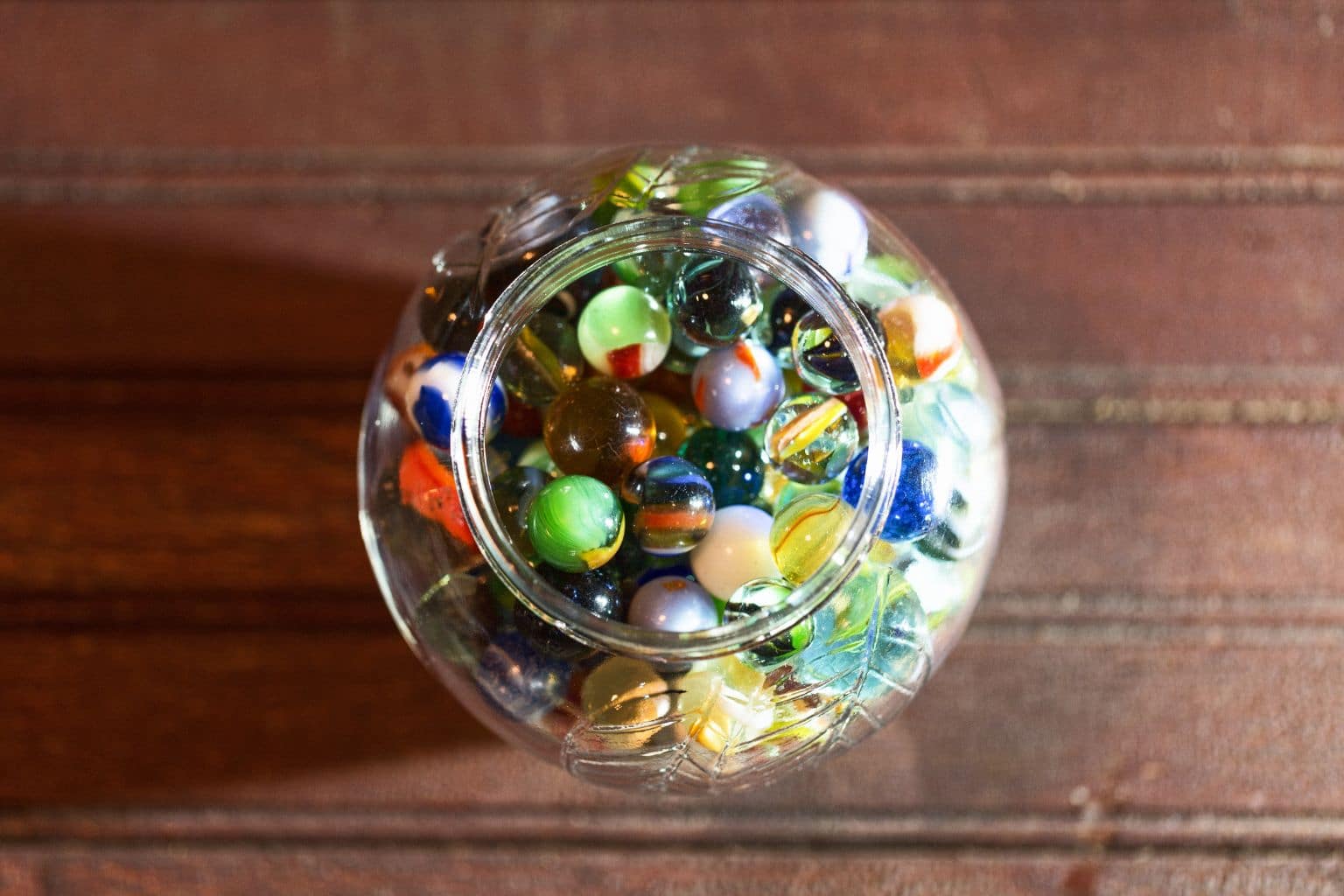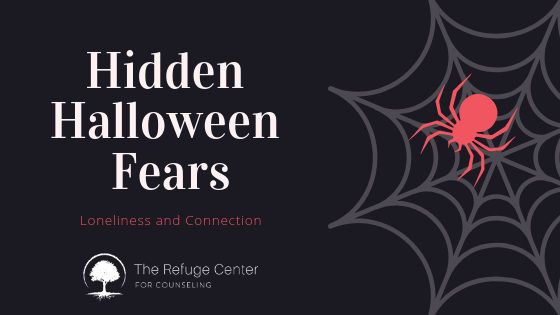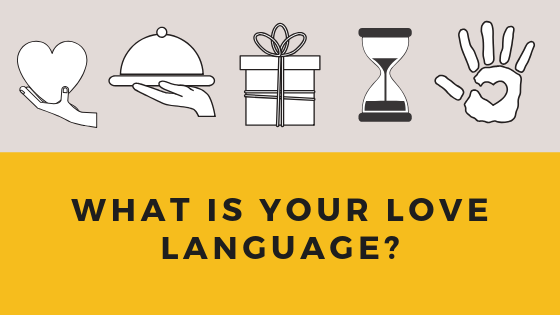Trust: What Is It?
Trust. A powerful word that can evoke an overwhelming array of emotions in many of us. At first glance, one may read the word and recall sweet memories of feeling safe and seen by loved ones. On the other hand, they may feel a sharp tinge of grief or sadness when reflecting upon this concept due to personal experiences of navigating the complexities that come from picking up its shattered pieces. Due to our past, many of us have come to view trust as a black and white concept – it either exists in relationships or it does not. It is a friend or a foe.
Amid this dichotomy, many may also become fearful when thinking about trusting someone. Due to its elusive nature, it can feel daunting to yield this double-edged sword. In the field of counseling, we say that we must name something to tame it. So, how can we define trust?
In her vast anthology of work, including The Anatomy of Trust, Dr. Brené Brown (2015b) asks us to consider trust as a marble jar. In my mind, I can vividly remember that my first-grade teacher had a ginormous jar that sat on her desk. If we followed directions, displayed kindness to one another, and constructively worked together as a class, my teacher would stroll over to her desk and put a handful of marbles in the jar. It was our mutual understanding that if we filled the jar with marbles, then we could have a pizza party (a first-grader’s dream).
This is what Dr. Brené Brown suggests best represents trust. Trust is the marble jar. But, what are the things others can do to earn marbles? In her book, Rising Strong, Dr. Brené Brown (2015a) outlines seven elements of trust, which one can use as a mental checklist to assess trust or determine how many marbles are in the jar. Together, they comprise the acronym BRAVING.
When considering someone,
Boundaries – Do they respect boundaries that you have identified? Can you have honest and open conversations about boundaries with them?
Reliability – Do they uphold their commitments to you? Do they follow through with what they say they will do in the time period they say they will do it?
Accountability – Can you hold them accountable? Do they own their mistakes, apologize, and make amends?
Vault – Do they hold information sacred knowing that it is not theirs to share? This includes not sharing information about other people that should be kept confidential.
Integrity – Are they the same in front of the crowd as they are one-on-one? Do they choose to do what is right over what is fun, fast, and easy?
Nonjudgment – Can you ask for what you need in a relationship without judgment?
Generosity – Do they extend the most generous interpretation of what you say and do? Meaning, they don’t assume your intentions were to cause harm with your words or actions.
These elements – if present in a relationship – add marbles to the jar, which build up overtime. If someone has earned a lot of marbles in their jar, we can see that they have built trust with us, which allows us to feel safer giving them more access to the vulnerable parts of ourselves and our lives.
However, as we all know, everyone makes mistakes. Therefore, the potential for hurt exists in every relationship. can vividly remember the day that my first-grade self was caught talking during quiet time after receiving a warning. My teacher swiftly walked over to her desk and took marbles from the jar. My heart sank as I realized that we were farther from our intended goal. This is what happens when someone does something to damage our trust. They lose marbles in the jar, so their earned level of trust goes down. However, it is important to note that the jar – or trust – does not have to completely break. We may just need to reduce the level of access that person has in our life. However, that trust can be restored – or filled back up – if the individual continues to invest the seven elements of trust within the relationship. On the other hand, if over time, they continuously cause handfuls of marbles to come out of the jar, we may want to consider stepping away from the jar to give our time and energy to different relationships.
Stepping into trust can oftentimes feel uncomfortable and requires great courage, especially knowing what is at stake. However, the BRAVING acronym equips us with a valuable tool in our life skills toolbox to be able to assess if trust exists within a relationship and what to do if it does not. With these skills, we can walk more comfortably and confidently within the important relationships in our life, meeting our innate, universal human need to feel seen, soothed, safe, and secure with others. Therefore, if you are questioning if trust should be present in a relationship, I encourage you to go through the BRAVING checklist. Examine if any of the 7 elements of trust exist within the relationship and determine how many marbles are present in their jar.
If trust is something that you have historically struggled with, you are not alone. It’s a difficult concept, but a cornerstone to healthy relationships and connection with others. Therefore, if it is something that you would like to further explore, we would love to walk alongside you. The Refuge Center exists to offer excellent, accessible, and affordable mental and emotional healthcare services in support of a transformational impact on communities. You can schedule an intake appointment by calling 615-591-5262 or by emailing [email protected]. Our trained staff will connect you with one of our counselors who will meet your personalized needs. To learn more about what Refuge offers, visit refugecenter.org/services. If you would like to support our mission and vision, including more resources like these, please visit refugecenter.org/support
Sources:
Brown, Brené (2015a). Rising Strong. Random House.
Brown, Brené (2015b). Soupersoul sessions: The anatomy of trust [Video]. Brené Brown. https://brenebrown.com/videos/anatomy-trust-video/




